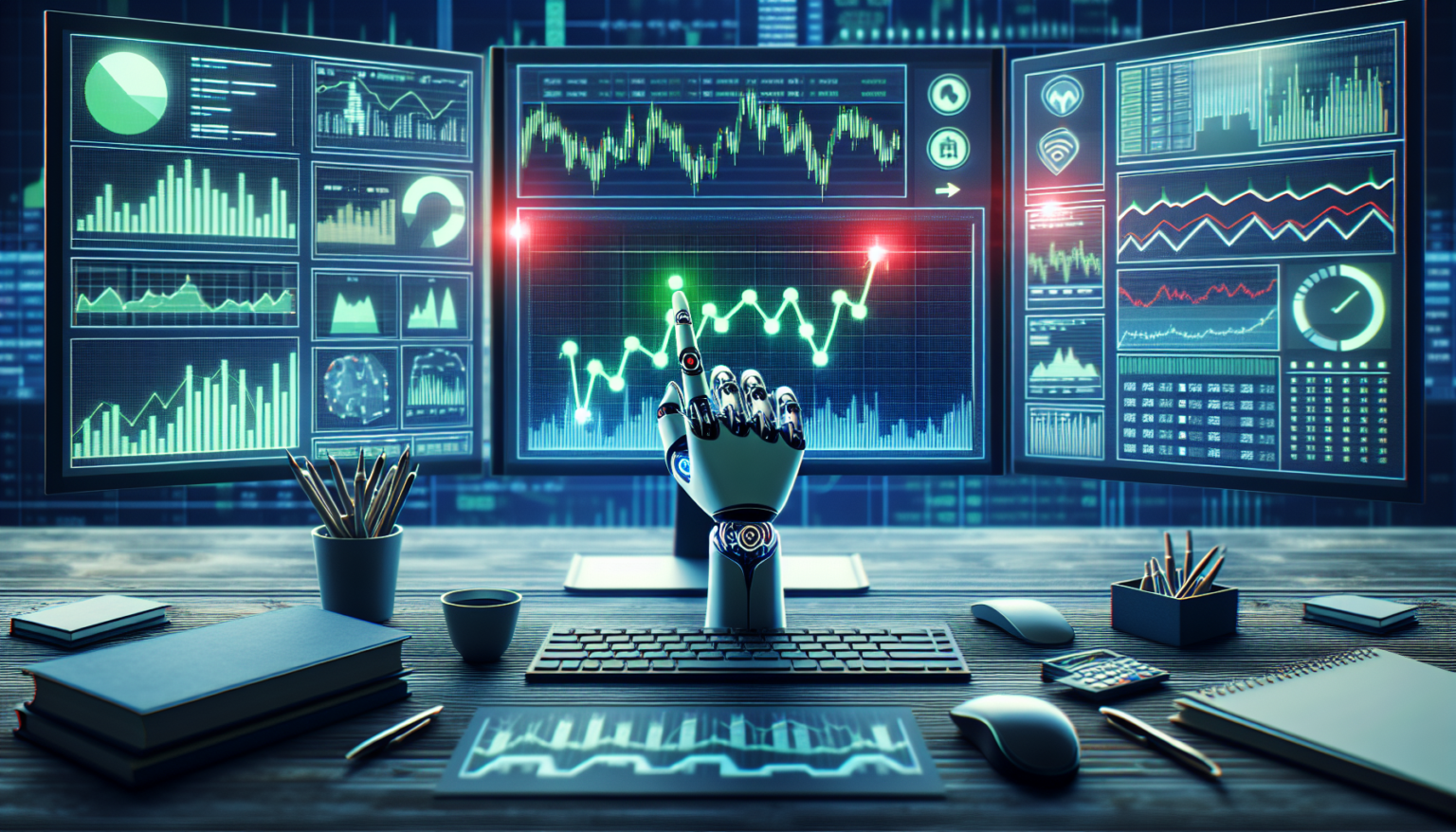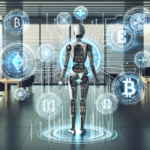Understanding Automated Trading
What is Automated Trading?
Automated trading refers to the use of computer algorithms and AI to execute trades in the financial markets. It involves programming a computer to follow predefined criteria for entering and exiting trades. This can be performed using various strategies, including technical analysis, trend following, or market-making techniques. The primary aim is to eliminate emotions from trading, allowing for faster decision-making based on data.
How Does AI Play a Role?
Artificial Intelligence (AI) enhances automated trading by using sophisticated algorithms that can analyze vast amounts of data quickly. AI systems can learn from market trends, historical prices, and other financial indicators. They adapt their strategies based on performance, making adjustments in real-time to maximize potential profits. This capability extends beyond traditional automated trading by incorporating machine learning and predictive analytics.
The Pros of AI Solutions in Automated Trading
Speed and Efficiency
One of the most significant advantages of AI in automated trading is its speed. Algorithms can analyze and execute trades within milliseconds, far surpassing human capabilities. This rapid response is crucial in volatile markets where prices can change in an instant. AI systems can maintain optimal performance around the clock, allowing traders to capitalize on opportunities without being restricted by time zones or personal schedules.
Data Processing and Analysis
AI excels at processing large datasets. Automated trading systems can analyze millions of data points, including historical price movements, news articles, and social media sentiment. This comprehensive analysis helps identify patterns that might not be visible to the human eye. Consequently, traders can make more informed decisions based on a broader set of information.
Emotion Elimination
Trading can be an emotional rollercoaster, where fear and greed often dictate decisions. AI solutions remove these human factors, making decisions purely on data-driven metrics. This rational approach can lead to more disciplined trading strategies. Traders can rely on their algorithms to stay consistent, regardless of market hype or panic-driven sentiment.
Backtesting and Optimization
AI allows traders to backtest their strategies rigorously. By simulating past market conditions, traders can evaluate how their algorithms would have performed. This capability enables them to refine and optimize their strategies based on historical performance. Over time, this leads to more effective trading systems and increased confidence in execution.
Customization and Scalability
AI systems can be tailored to meet specific trading preferences and risk appetites. Traders can adjust parameters, strategies, and even chosen assets to suit their goals. Moreover, AI solutions can scale to handle multiple markets and asset classes simultaneously. This flexibility allows for diversification without the added complexity of managing each position manually.
The Cons of AI Solutions in Automated Trading
Technical Complexity
While AI solutions offer numerous benefits, they also come with inherent complexity. Understanding the intricacies of code, algorithms, and market mechanics can be daunting for many traders. Proper setup and maintenance of automated systems require a level of technical expertise that may be beyond the reach of casual investors.
Market Changes and Overfitting
Financial markets are dynamic and influenced by a multitude of factors, including geopolitical events and economic changes. AI algorithms may become outdated or fail to adapt to sudden market shifts. Additionally, there’s a risk of overfitting, where a model performs well on historical data but fails to generalize to future conditions. This could lead to significant losses if traders rely too heavily on their AI systems without continuous reassessment.
Costs of Implementation
Implementing AI-driven automated trading systems can be costly. It often requires investment in technology, data feeds, and sometimes even services from financial technology firms. For retail traders or smaller firms, these costs can be a barrier to entry, particularly when compared to the risks involved in trading.
Dependence on Technology
Automated systems are inherently reliant on technology. Any technical glitches, software malfunctions, or connectivity issues can result in missed trading opportunities or unintended market exposures. For instance, if an AI algorithm misinterprets data due to a software bug, it might execute trades that lead to losses. Ensuring consistent performance demands robust infrastructure and frequent monitoring.
Lack of Human Judgment
Despite its sophisticated capabilities, AI lacks the nuanced understanding that human traders possess. There are situations where news events or market sentiment drastically alter the landscape, and an AI might not have the contextual knowledge to adjust its strategy appropriately. Human judgment can complement AI decisions, adding a layer of insight that pure algorithms cannot replicate.
Finding the Balance
Combining Human Insight with AI
The most effective trading approach tends to be a blend of human intuition and AI efficiency. Traders can use AI solutions to automate routine tasks or enhance data analysis while leveraging their judgment in critical decision-making moments. This synergy can create a more balanced approach, allowing traders to enjoy the benefits of automation without sacrificing oversight.
Continuous Learning and Adaptation
It is crucial for traders to remain actively involved in the trading process, even when using automated systems. Engaging in continuous education about market trends and AI advancements keeps traders informed. Additionally, regularly reviewing and adjusting trading strategies ensures that AI systems remain relevant and effective amid changing market conditions.
Testing and Experimentation
Before committing to any AI solution, conducting thorough testing is vital. This can include paper trading or using demo accounts to simulate performance in real-world conditions. Experimenting with different algorithms and strategies helps determine which works best for an individual’s trading style and objectives.
Regular Monitoring and Maintenance
Even the most sophisticated AI systems require regular monitoring and maintenance. Traders should set up alerts for performance reviews and execute algorithm updates as needed. Keeping a close eye on system performance and making adjustments ensures that traders can react promptly to any unexpected changes in market dynamics.
Conclusion: A Personal Approach
Ultimately, automating your trading using AI solutions can be a beneficial strategy that streamlines processes and improves decision-making. However, understanding the pros and cons is essential. By finding the right balance and actively engaging in the trading process, you can maximize the potential of AI while navigating the inherent complexities of the financial markets.








